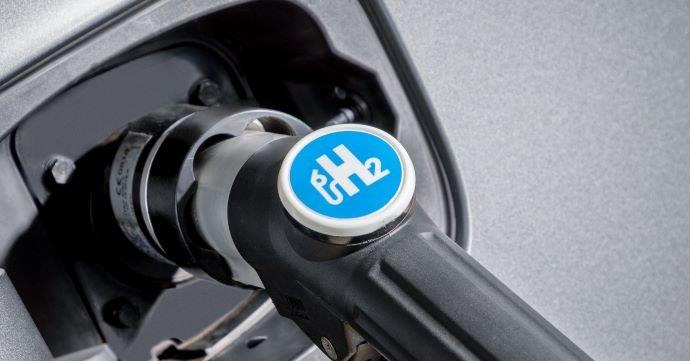Hydrogen plays a central role in climate-neutral transport

“Hydrogen plays a central role in the mobility of the future. In addition to battery electromobility, fuel cell drives are indispensable for achieving climate-neutral road traffic. The international manufacturers are therefore counting on a quick adoption of the Federal Government’s National Hydrogen Strategy,” said Reinhard Zirpel, President of the Association of International Motor Vehicle Manufacturers (VDIK), commenting on the ongoing discussion about the hydrogen strategy.
The international manufacturers are leading the way when it comes to hydrogen engines. They have already been developing fuel cell vehicles for years and continue to push the technology forward. For example, there are currently only two international manufacturers in Germany that offer fuel cell vehicles ready for series production. Currently, there are still less than 1,000 hydrogen cars registered in Germany. VDIK member companies have a market share of 99 percent (2019) of new vehicle registrations using this technology.
Zirpel emphasized that a show of strength is required to achieve the climate targets in the transport sector: “Germany has been waiting a long time before pushing hydrogen with determination. Therefore, speed is now needed in the consultation and further implementation of the hydrogen strategy”. Nevertheless, Zirpel emphasized that Germany had started to build a hydrogen infrastructure early on and was on the right track. By 2021, an H2 filling station network for 60,000 fuel cell passenger cars and 500 commercial vehicles should be created.
From the international manufacturers’ point of view, hydrogen is relevant for almost all vehicle classes. Especially for commercial vehicles and in heavy-duty long-distance traffic, great hopes rest on the fuel cell. This is because battery technology has its limits when it comes to transporting heavy loads over long distances. The fuel cell also has potential in the car sector. Here, it makes sense for larger vehicles and high daily mileage, especially because of the short refuelling times and long ranges.